
SEO FOR E-COMMERCE STORES IN SOUTH AFRICA
Building an E-Commerce store in South Africa is an exciting venture, but without good exposure, it’s pointless. When people look for Products, Google is the first place they search. Without a presence on Google, selling products on your online store will be a difficult task.


MARKETING OPTIONS ON GOOGLE FOR ECOMMERCE SITES


SEO
Search Engine Optimization (SEO) is the process of ranking organically on Google for specific keywords. It’s a long-term investment that takes anywhere from 3 to 18 months to reach the 1st page of Google. High-ranking websites receive a ton of traffic and sales.

GOOGLE SHOPPING ADS
Google Shopping is an advertisement displayed at the top of Google with a Title, Price, and Image. Google Shopping Ads is the best platform for e-commerce sites, as they have high sales conversions. E-commerce websites should contribute the majority of their budget to Google Shopping Ads.

GOOGLE SEARCH & DISPLAY ADS
Google Search Ads are text adverts displayed on Google’s search engine. Google Display Ads are responsive image adverts displayed on Google partner websites. Maximize your potential on Google Shopping Ads before using these 2 types of marketing. Google Search Ads perform better for services.

GOOGLE MY BUSINESS
Google My Business lists companies on Google’s business directory. Listing your company on Google My Business is free, and the listing will appear on Google search and Google Maps. Optimizing your Google My Business profile can drive free traffic and sales. Post regular content, build local citations, and get good reviews.

SEO TIPS FOR E-COMMERCE SITES
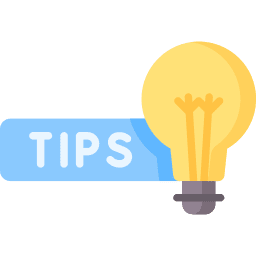

STRUCTURE
When building an e-commerce website, structure is essential to your success. Put all the products in the correct categories, and each Product should have its own webpage and URL. Do not bunch multiple products on a single page and sell them with pop-ups. You won’t be able to market each product on Google. Here are several practices you should implement with your South African E-commerce store:


TRADITIONAL MENUS
• Add the traditional, horizontal menu to your website.
• Add internal links leading to other webpages on your website.
• Add a footer menu for quicker access to users at the bottom of a site.

ORDER
• Structure your website into categories with sub-menu options.
• Include A Drop-Down menu for quick access to all products.

TERMS AND CONDITIONS PAGE
• Create a Private Policy page. Add it to the footer menu of your site.
• Create a Terms and Conditions page. Add it to the footer menu.
• Find the Free Private Policy and Terms & Conditions pages on Google.

KEYWORD RESEARCH
Use Keyword Research Tools to search for keywords that will benefit your E-Commerce store. Look for Long-Tail Keywords and Product Keywords to incorporate into the content of your Product pages.
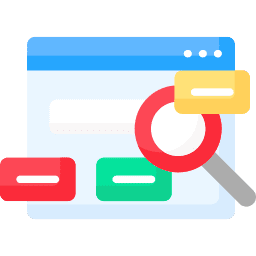

LONG-TAIL KEYWORDS
Long tail keywords are keywords that are 3 words or longer. Long tail keywords are easier to rank on Page 1 of Google than short-tail keywords. These keywords have higher buyer intent, a few examples include:
• [Product] For Sale in South Africa
• Buy [Product] Online in South Africa

PRODUCT KEYWORDS
Product Keywords are search terms used by people looking for specific products and brands. Product keywords are easy to rank for niche products. However, if you are competing with big brands, like Nike, it will take time to see results. A few examples include:
• Nike Men’s Shox Sneaker
• Air Jordan 3

URL
The URL, Uniform Resource Locator, is the website address located at the top of your browser. The URL of your Product Page should include your primary keyword.
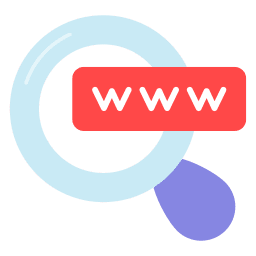

EXAMPLE 1 (LONG-TAIL KEYWORDS)
If you have a webpage that lists multiple types of Jordan basketball shoes on it, the URL should look like this: www.mikeshoes/com/jordan-basketball-shoes.

EXAMPLE 2 (PRODUCT KEYWORDS)
The product keywords list the brand, model, and product type. When someone selects an item on your webpage, the URL should look like this: www.mikeshoes.com/jordan-basketball-shoes/air-jordan-3.

CONTENT
Product pages with content perform better on Google. The information must be unique and not copied from another website. Never use duplicate content on your E-Commerce Sites. Here are 3 Content Recommendations for optimizing your Product Pages:


INTRODUCTION
It’s recommended to add 50-100 words of unique content before the Product and incorporate valuable keywords in those introductory words.

PRODUCT INFORMATION
Product Information lists the product capabilities, benefits, and add-ons. The more information you add here, the better.

FAQ SECTION
Add a small FAQ section after the Product Information. Include important questions people will most likely ask concerning the Product Listed.

IMAGES
Images play a crucial role in the sale of your Products Listed. Here are some powerful tips on how your images should be displayed:


CLEAR IMAGES
Always use clear product images. Blurry and low-quality images negatively impact your conversion rate and may not qualify for Google Shopping Ads. Upload more than one image with zoom capabilities from different angles.

COMPRESS IMAGES
If your images are big in size, it can negatively impact your download speeds. Slow-loading webpages do not perform well on Google; it’s recommended to use image compression tools to reduce the size of images if they are too large.

OPTIMIZED IMAGES
When you upload Product images to your website, they must contain the Product Name and Model. Do not upload images that are named IMG201. You must also optimize the “ALT tag” and describe what the image is about. It will help your SEO score, and your images may appear on Google Images.

SSL CERTIFICATE
E-commerce websites require an SSL certificate to protect users’ credit card details from being intercepted during transactions. Websites that do not have an SSL certificate will not perform well on search engines.
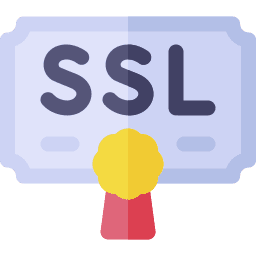

BEST SSL OPTION FOR E-COMMERCE STORES
The EV (Extended Validation) SSL certificate is the best option for E-Commerce stores. EV SSL offers the highest level of trust and security. It also displays the company name on a certificate on the website, which builds customer confidence.

DOWNLOAD SPEEDS
Download speeds have become a major factor in search engine optimization. Slow-loading websites drop rank significantly when it takes a few seconds longer to load. It is vital to test the download speeds before wasting money on marketing. Here are several suggestions to reduce the size of your website:
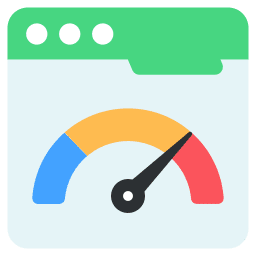

COMPRESS IMAGES
Compress Images by reducing size while maintaining quality.

REDUCE JAVASCRIPT
Reduce the number of JavaScript and CSS used on your website.

REMOVE PLUGINS
Remove unnecessary plugins that you no longer use.

DEDICATED HOSTING
Use Dedicated Hosting instead of Shared Hosting.
Discover 10 valuable metrics advertisers should know about when implementing marketing campaigns such as SEO or Google Ads in South Africca.
Learn what factors determine the reliability of a hosting company, and how to select the right hosting provider that benefits your SEO and PPC campaigns.
Learn how to pick the right domain names when starting your marketing ventures. Learn how selecting a domain name can impact your SEO efforts.
Discover 10 valuable metrics advertisers should know about when implementing marketing campaigns such as SEO or Google Ads in South Africca.
Learn what factors determine the reliability of a hosting company, and how to select the right hosting provider that benefits your SEO and PPC campaigns.




